*NURSING > TEST BANK > FULL - Elaborated Test Bank for Essentials of Pediatric Nursing 4Ed.by Theresa Kyle & Susan Carman A (All)
FULL - Elaborated Test Bank for Essentials of Pediatric Nursing 4Ed.by Theresa Kyle & Susan Carman ALL 1-29 Chapters included update 2022
Document Content and Description Below
FULL - Elaborated Test Bank for Essentials of Pediatric Nursing 4Ed.by Theresa Kyle & Susan Carman ALL 1-29 Chapters included update 2022 CHAPTER 1 Introduction to Child Health and Pediatric Nursing ... CHAPTER 2 Factors Influencing Child Health CHAPTER 3 Growth and Development of the Newborn and Infant CHAPTER 4 Growth and Development of the Toddler CHAPTER 5 Growth and Development of the Preschooler CHAPTER 6 Growth and Development of the School-Age Child CHAPTER 7 Growth and Development of the Adolescent CHAPTER 8 Atraumatic Care of Children and Families CHAPTER 9 Health Supervision CHAPTER 10 Health Assessment of Children CHAPTER 11 Caring for Children in Diverse Settings CHAPTER 12 Caring for the Special Needs Child CHAPTER 13 Key Pediatric Nursing Interventions CHAPTER 14 Nursing Care of the Child With an Alteration in Comfort–Pain Assessment and Management CHAPTER 15 Nursing Care of the Child With an Infection CHAPTER 16 Nursing Care of the Child With an Alteration in Intracranial Regulation/Neurologic Disorder CHAPTER 17 Nursing Care of the Child With an Alteration in Sensory Perception/Disorder of the Eyes or Ears CHAPTER 18 Nursing Care of the Child With an Alteration in Gas Exchange/Respiratory Disorder CHAPTER 19 Nursing Care of the Child With an Alteration in Perfusion/Cardiovascular Disorder CHAPTER 20 Nursing Care of the Child With an Alteration in Bowel Elimination/Gastrointestinal Disorder CHAPTER 21 Nursing Care of the Child With an Alteration in Urinary Elimination/Genitourinary Disorder CHAPTER 22 Nursing Care of the Child With an Alteration in Mobility/Neuromuscular or Musculoskeletal Disorder CHAPTER 23 Nursing Care of the Child With an Alteration in Tissue Integrity/Integumentary Disorder CHAPTER 24 Nursing Care of the Child With an Alteration in Cellular Regulation/Hematologic or Neoplastic Disorder CHAPTER 25 Nursing Care of the Child With an Alteration in Immunity or Immunologic Disorder CHAPTER 26 Nursing Care of the Child With an Alteration in Metabolism/Endocrine Disorder CHAPTER 27 Nursing Care of the Child With an Alteration in Genetics CHAPTER 28 Nursing Care of the Child With an Alteration in Behavior, Cognition, or Development CHAPTER 29 Nursing Care During a Pediatric Emergency Sample Questions: CHAPTER 1 Introduction to Child Health and Pediatric Nursing MULTIPLE CHOICE 1. A nurse is planning a teaching session for parents of preschool children. Which statement explains why the nurse should include information about morbidity and mortality? a. Life-span statistics are included in the data. b. It explains effectiveness of treatment. c. Cost-effective treatment is detailed for the general population. d. High-risk age groups for certain disorders or hazards are identified. ANS: D Analysis of morbidity and mortality data provides the parents with information about which groups of individuals are at risk for which health problems. Life-span statistics is a part of the mortality data. Treatment modalities and cost are not included in morbidity and mortality data. PTS: 1 DIF: Cognitive Level: Apply REF: 6-8 TOP: Integrated Process: Nursing Process: Planning MSC: Area of Client Needs: Health Promotion and Maintenance 2. A clinic nurse is planning a teaching session about childhood obesity prevention for parents of school-age children. The nurse should include which associated risk of obesity in the teaching plan? a. Type I diabetes b. Respiratory disease c. Celiac disease d. Type II diabetes ANS: D Childhood obesity has been associated with the rise of type II diabetes in children. Type I diabetes is not associated with obesity and has a genetic component. Respiratory disease is not associated with obesity, and celiac disease is the inability to metabolize gluten in foods and is not associated with obesity. PTS: 1 DIF: Cognitive Level: Apply REF: 3 TOP: Integrated Process: Nursing Process: Planning MSC: Area of Client Needs: Health Promotion and Maintenance 3. Which is the leading cause of death in infants younger than 1 year? a. Congenital anomalies b. Sudden infant death syndrome c. Respiratory distress syndrome d. Bacterial sepsis of the newborn ANS: A Congenital anomalies account for 20.1% of deaths in infants younger than 1 year. Sudden infant death syndrome accounts for 8.2% of deaths in this age group. Respiratory distress syndrome accounts for 3.4% of deaths in this age group. Infections specific to the perinatal period account for 2.7% of deaths in this age group. PTS: 1 DIF: Cognitive Level: Remember REF: 7 TOP: Integrated Process: Nursing Process: Assessment MSC: Area of Client Needs: Health Promotion and Maintenance 4. Which leading cause of death topic should the nurse emphasize to a group of African- American boys ranging in ages 15 to 19 years? a. Suicide b. Cancer c. Firearm homicide d. Occupational injuries ANS: C Firearm homicide is the second overall cause of death in this age group and the leading cause of death in African-American males. Suicide is the third-leading cause of death in this population. Cancer, although a major health problem, is the fourth-leading cause of death in this age group. Occupational injuries do not contribute to a significant death rate for this age group. PTS: 1 DIF: Cognitive Level: Understand REF: 5 | 8 TOP: Integrated Process: Nursing Process: Planning MSC: Area of Client Needs: Health Promotion and Maintenance 5. Which is the major cause of death for children older than 1 year? a. Cancer b. Heart disease c. Unintentional injuries d. Congenital anomalies ANS: C Unintentional injuries (accidents) are the leading cause of death after age 1 year through adolescence. Congenital anomalies are the leading cause of death in those younger than 1 year. Cancer ranks either second or fourth, depending on the age group, and heart disease ranks fifth in the majority of the age groups. PTS: 1 DIF: Cognitive Level: Remember REF: 8 TOP: Integrated Process: Nursing Process: Planning MSC: Area of Client Needs: Health Promotion and Maintenance 6. Which is the leading cause of death from unintentional injuries for females ranging in age from 1 to 14? a. Mechanical suffocation b. Drowning c. Motorvehicle-related fatalities d. Fire- and burn-related fatalities ANS: C Motorvehicle-related fatalities are the leading cause of death for females ranging in age from 1 to 14, either as passengers or as pedestrians. Mechanical suffocation is fourth or fifth, depending on the age. Drowning is the second- or third-leading cause of death, depending on the age. Fire- and burn-related fatalities are the second-leading cause of death. PTS: 1 DIF: Cognitive Level: Remember REF: 4 TOP: Integrated Process: Nursing Process: Assessment 7. Which factor most impacts the type of injury a child is susceptible to, according to the childs age? a. Physical health of the child b. Developmental level of the child c. Educational level of the child d. Number of responsible adults in the home ANS: B The childs developmental stage determines the type of injury that is likely to occur. The childs physical health may facilitate the childs recovery from an injury but does not impact the type of injury. Educational level is related to developmental level, but it is not as important as the childs developmental level in determining the type of injury. The number of responsible adults in the home may affect the number of unintentional injuries, but the type of injury is related to the childs developmental stage. PTS: 1 DIF: Cognitive Level: Understand REF: 3-4 TOP: Integrated Process: Nursing Process: Planning MSC: Area of Client Needs: Health Promotion and Maintenance 8. Which is now referred to as the new morbidity? a. Limitations in the major activities of daily living b. Unintentional injuries that cause chronic health problems c. Discoveries of new therapies to treat health problems d. Behavioral, social, and educational problems that alter health ANS: D The new morbidity reflects the behavioral, social, and educational problems that interfere with the childs social and academic development. It is currently estimated that the incidence of these issues is from 5% to 30%. Limitations in major activities of daily living and unintentional injuries that result in chronic health problems are included in morbidity data. Discovery of new therapies would be reflected in changes in morbidity data over time. PTS: 1 DIF: Cognitive Level: Remember REF: 3 TOP: Integrated Process: Nursing Process: Assessment MSC: Area of Client Needs: Health Promotion and Maintenance 9. A nurse on a pediatric unit is practicing family-centered care. Which is most descriptive of the care the nurse is delivering? a. Taking over total care of the child to reduce stress on the family b. Encouraging family dependence on health care systems c. Recognizing that the family is the constant in a childs life d. Excluding families from the decision-making process ANS: C The three key components of family-centered care are respect, collaboration, and support. Family-centered care recognizes the family as the constant in the childs life. Taking over total care does not include the family in the process and may increase stress instead of reducing stress. The family should be enabled and empowered to work with the health care system. The family is expected to be part of the decision-making process. PTS: 1 DIF: Cognitive Level: Remember REF: 8 TOP: Integrated Process: Nursing Process: Implementation 10. The nurse is preparing an in-service education to staff about atraumatic care for pediatric patients. Which intervention should the nurse include? a. Prepare the child for separation from parents during hospitalization by reviewing a video. b. Prepare the child before any unfamiliar treatment or procedure by demonstrating on a stuffed animal. c. Help the child accept the loss of control associated with hospitalization. d. Help the child accept pain that is connected with a treatment or procedure. ANS: B Preparing the child for any unfamiliar treatments, controlling pain, allowing privacy, providing play activities for expression of fear and aggression, providing choices, and respecting cultural differences are components of atraumatic care. In the provision of atraumatic care, the separation of child from parents during hospitalization is minimized. The nurse should promote a sense of control for the child. Preventing and minimizing bodily injury and pain are major components of atraumatic care. PTS: 1 DIF: Cognitive Level: Understand REF: 9 TOP: Integrated Process: Nursing Process: Implementation MSC: Area of Client Needs: Psychosocial Integrity 11. Which is most suggestive that a nurse has a nontherapeutic relationship with a patient and family? a. Staff is concerned about the nurses actions with the patient and family. b. Staff assignments allow the nurse to care for same patient and family over an extended time. c. Nurse is able to withdraw emotionally when emotional overload occurs but still remains committed. d. Nurse uses teaching skills to instruct patient and family rather than doing everything for them. ANS: A An important clue to a nontherapeutic staff-patient relationship is concern of other staff members. Allowing the nurse to care for the same patient over time would be therapeutic for the patient and family. Nurses who are able to somewhat withdraw emotionally can protect themselves while providing therapeutic care. Nurses using teaching skills to instruct patient and family will assist in transitioning the child and family to self-care. PTS: 1 DIF: Cognitive Level: Analyze REF: 9 TOP: Integrated Process: Nursing Process: Assessment MSC: Area of Client Needs: Psychosocial Integrity 12. Which is most descriptive of clinical reasoning? a. A simple developmental process b. Purposeful and goal-directed c. Based on deliberate and irrational thought d. Assists individuals in guessing what is most appropriate ANS: B Clinical reasoning is a complex, developmental process based on rational and deliberate thought. Clinical reasoning is not a developmental process. Clinical reasoning is based on rational and deliberate thought. Clinical reasoning is not a guessing process. [Show More]
Last updated: 1 year ago
Preview 1 out of 435 pages
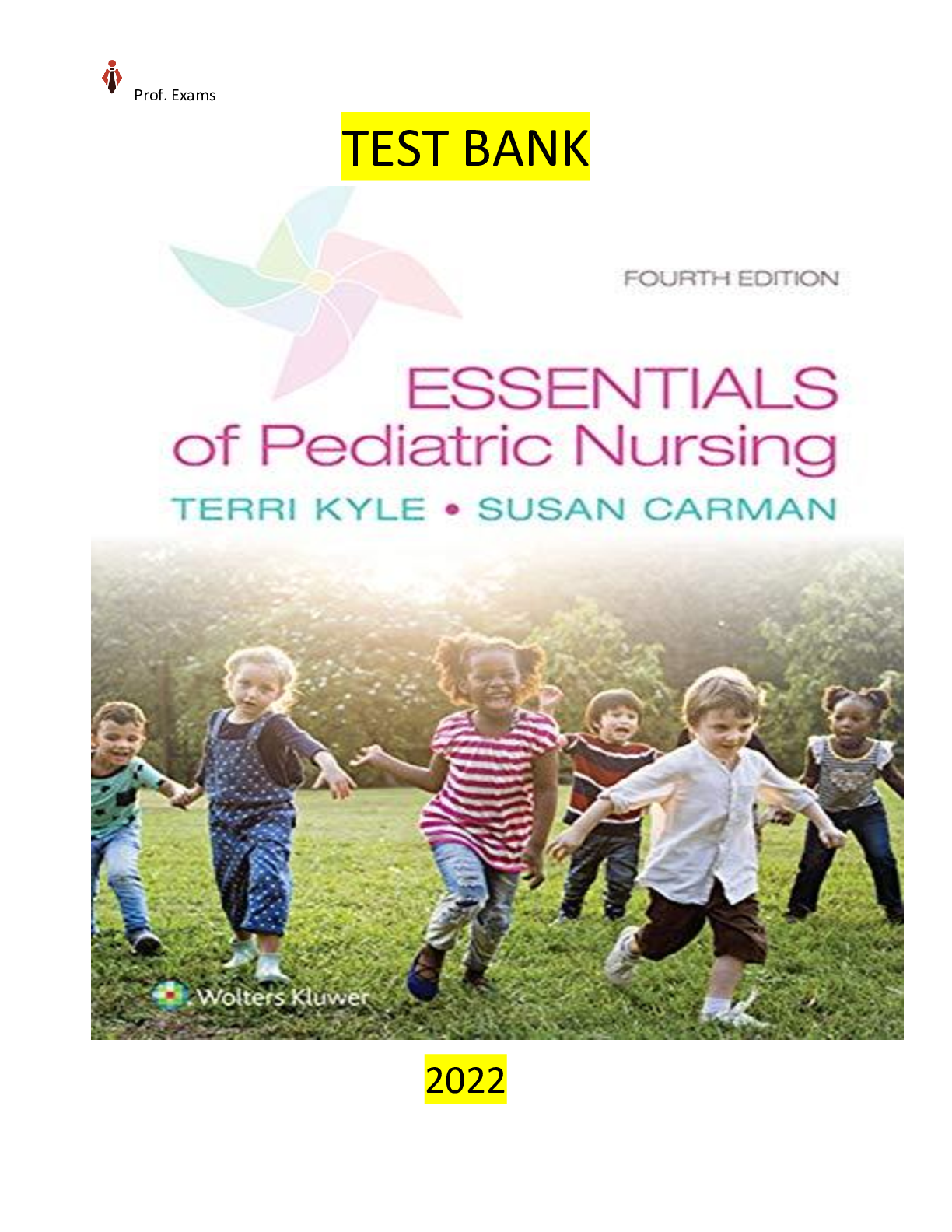
Buy this document to get the full access instantly
Instant Download Access after purchase
Add to cartInstant download
We Accept:

Reviews( 0 )
$31.00
Document information
Connected school, study & course
About the document
Uploaded On
Mar 25, 2023
Number of pages
435
Written in
Additional information
This document has been written for:
Uploaded
Mar 25, 2023
Downloads
0
Views
41

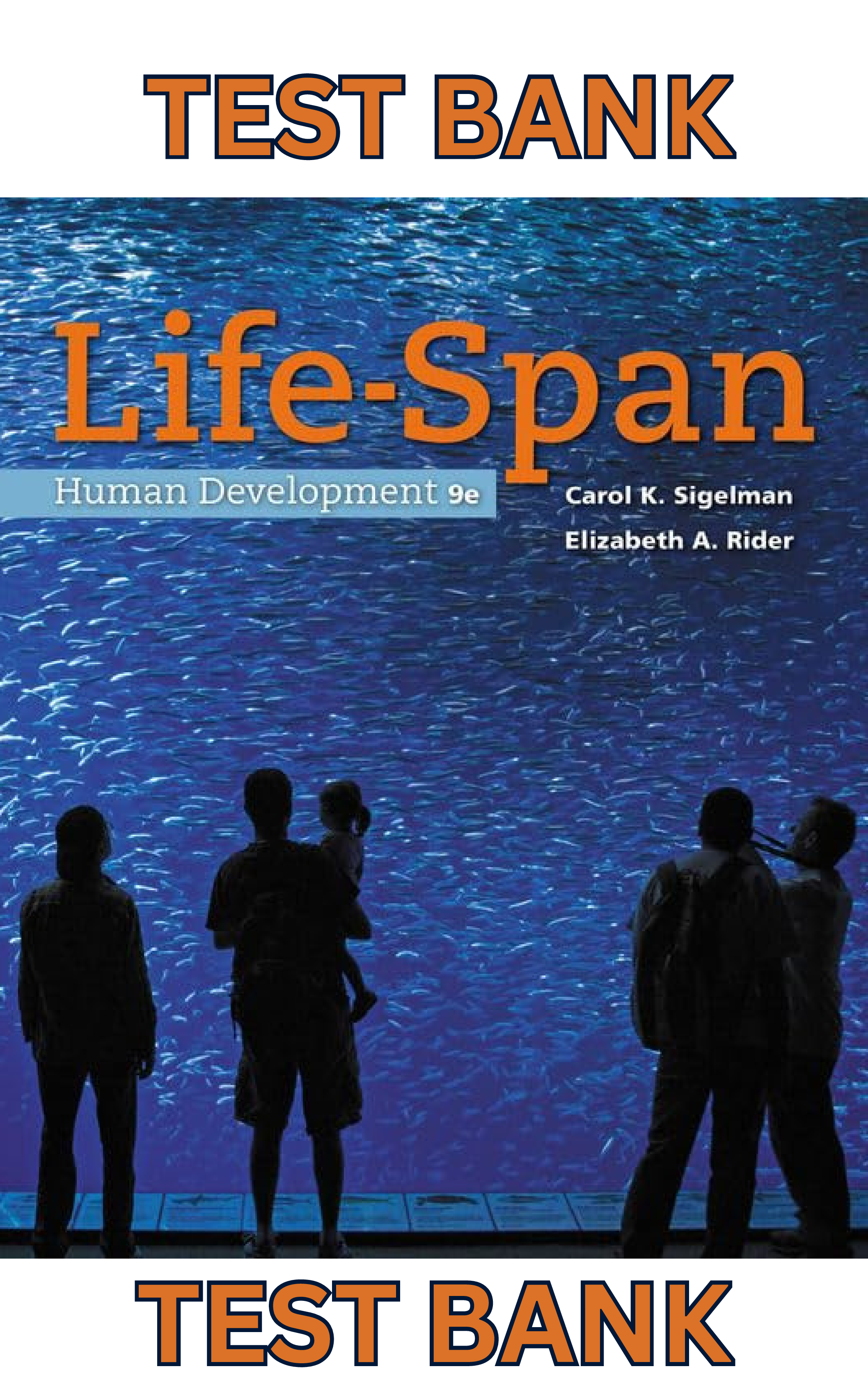
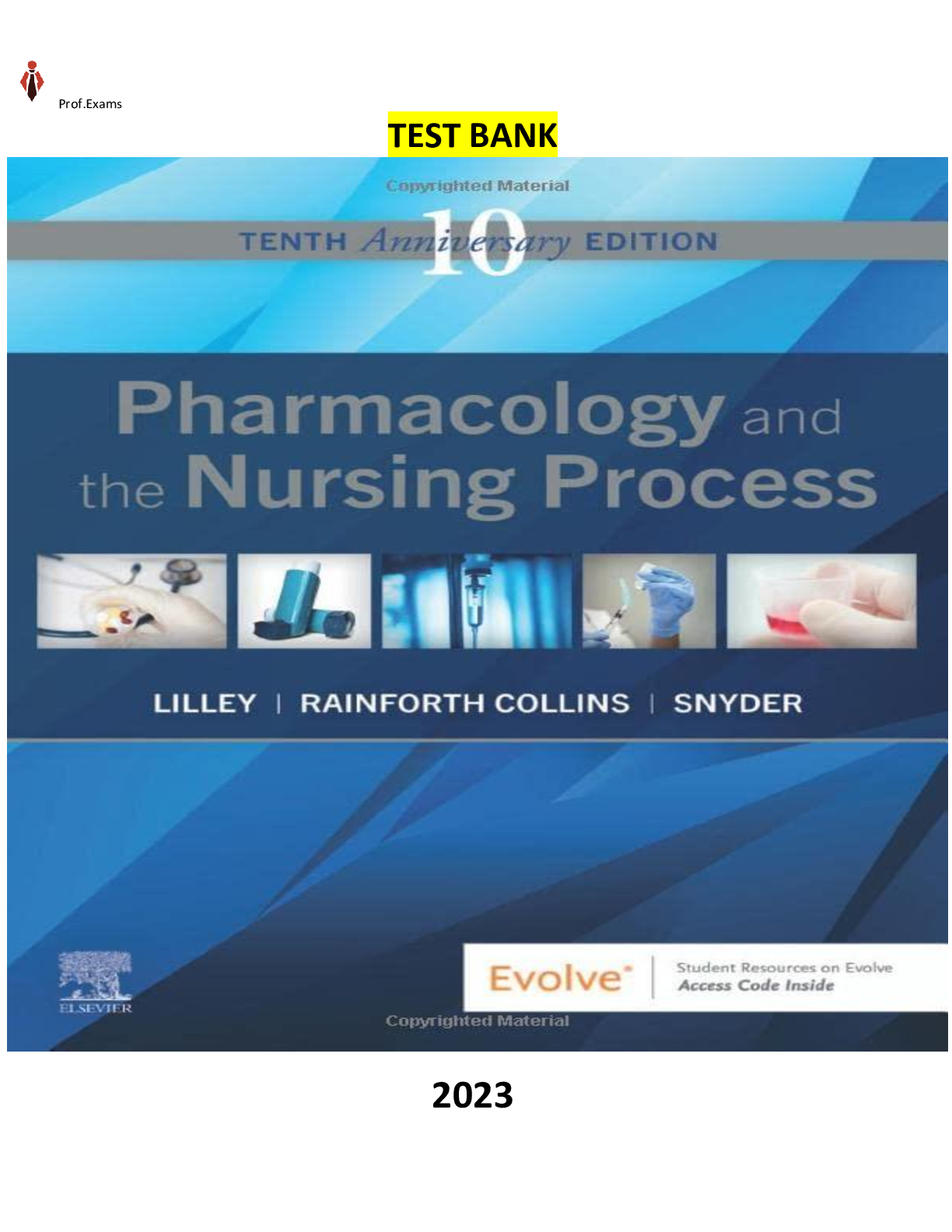

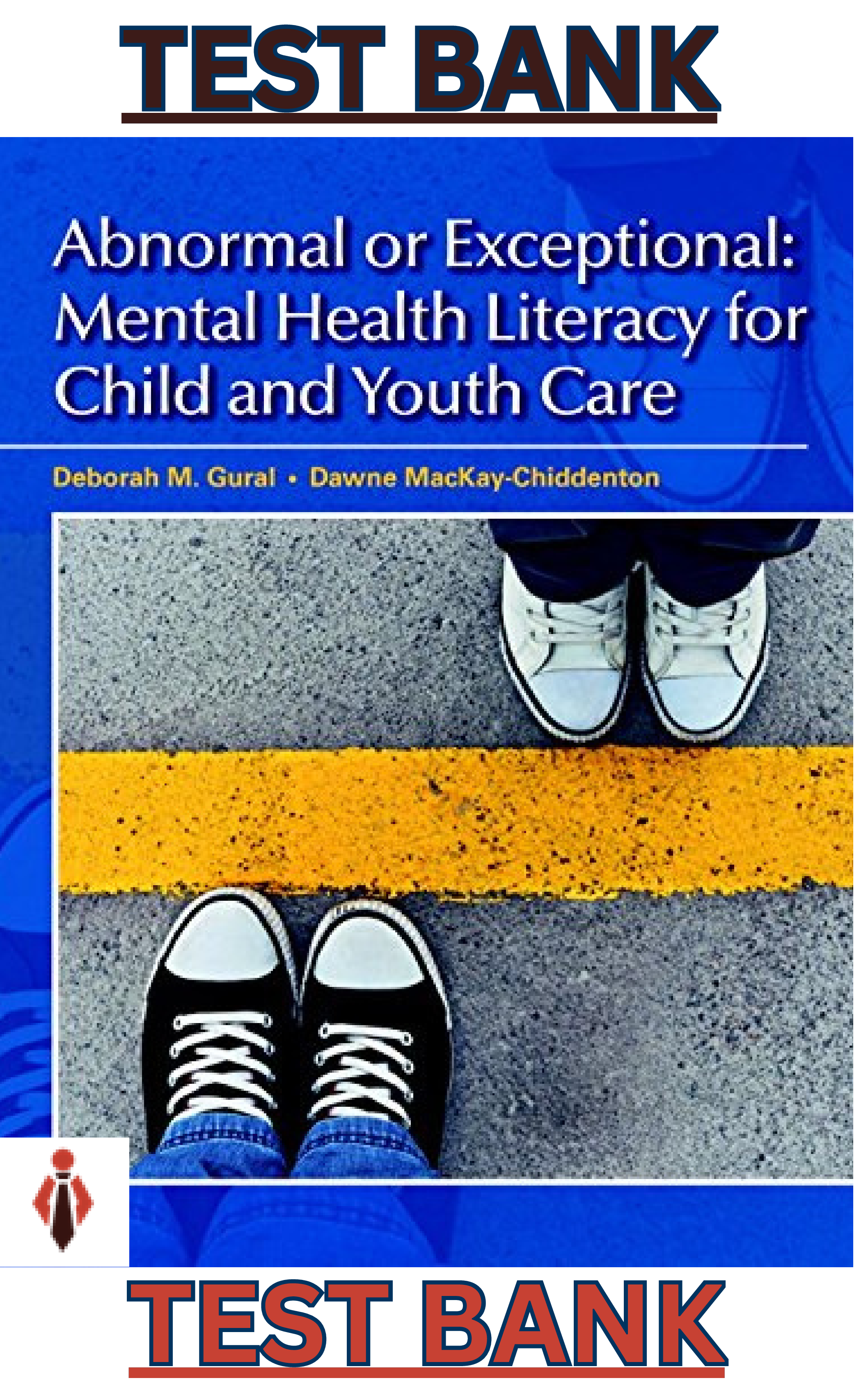
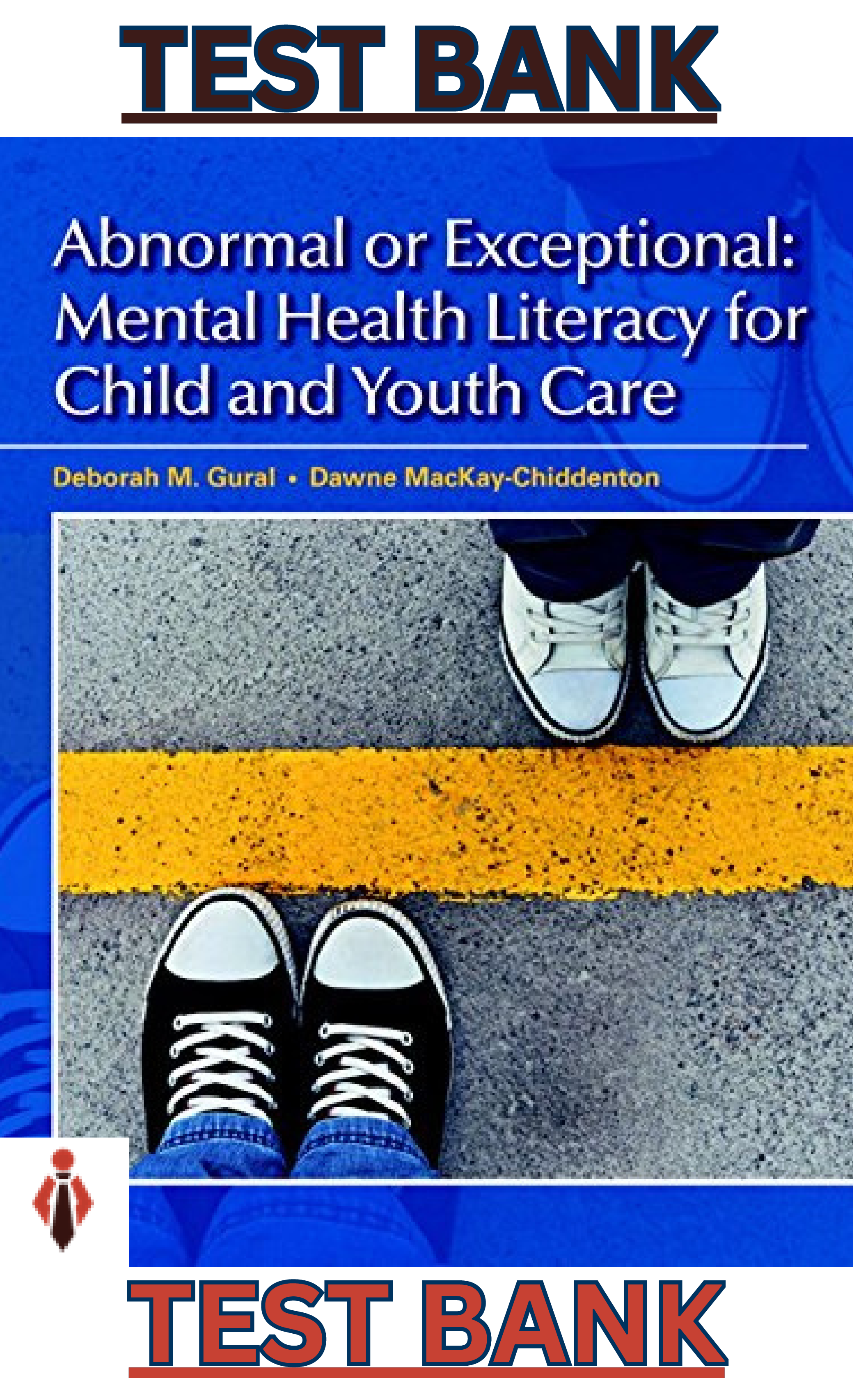

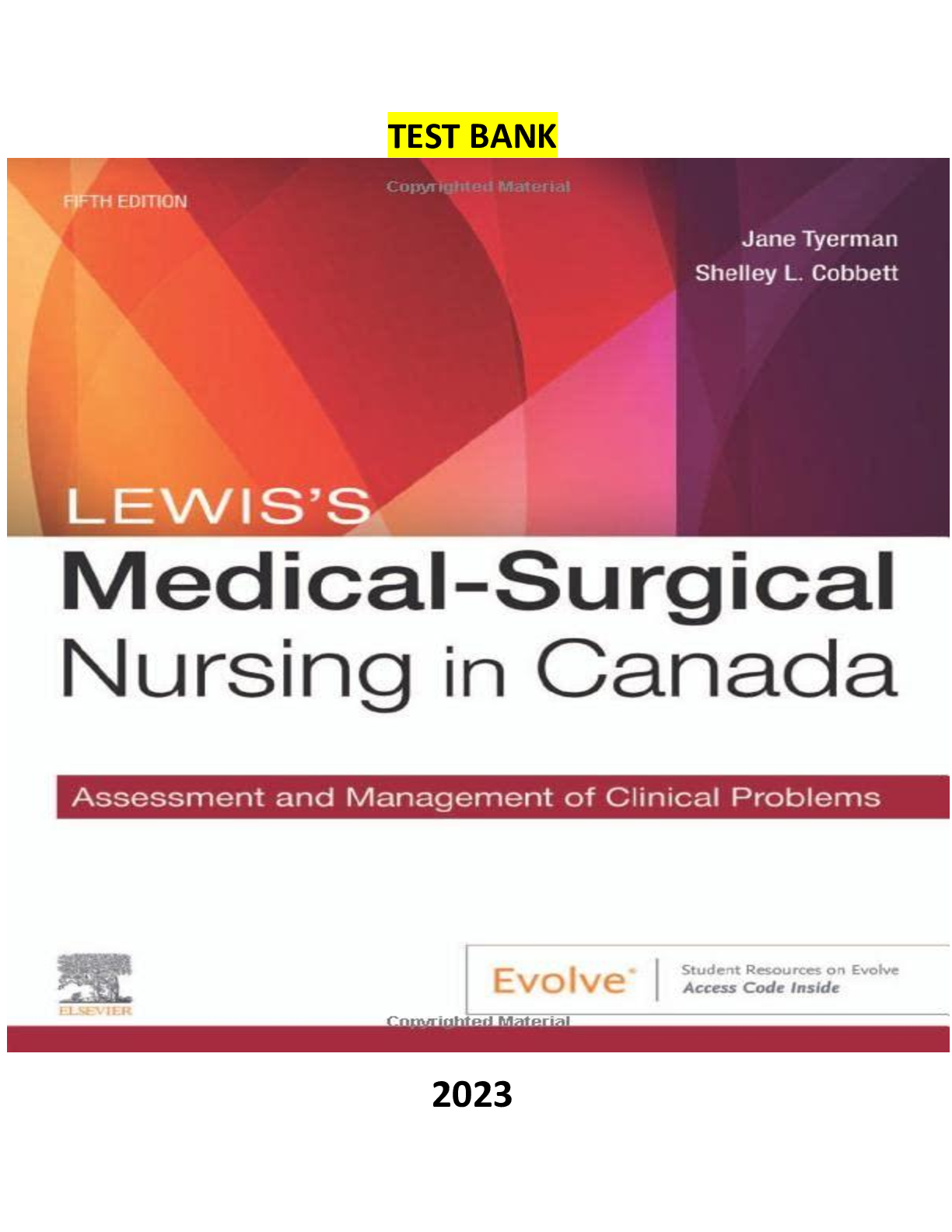

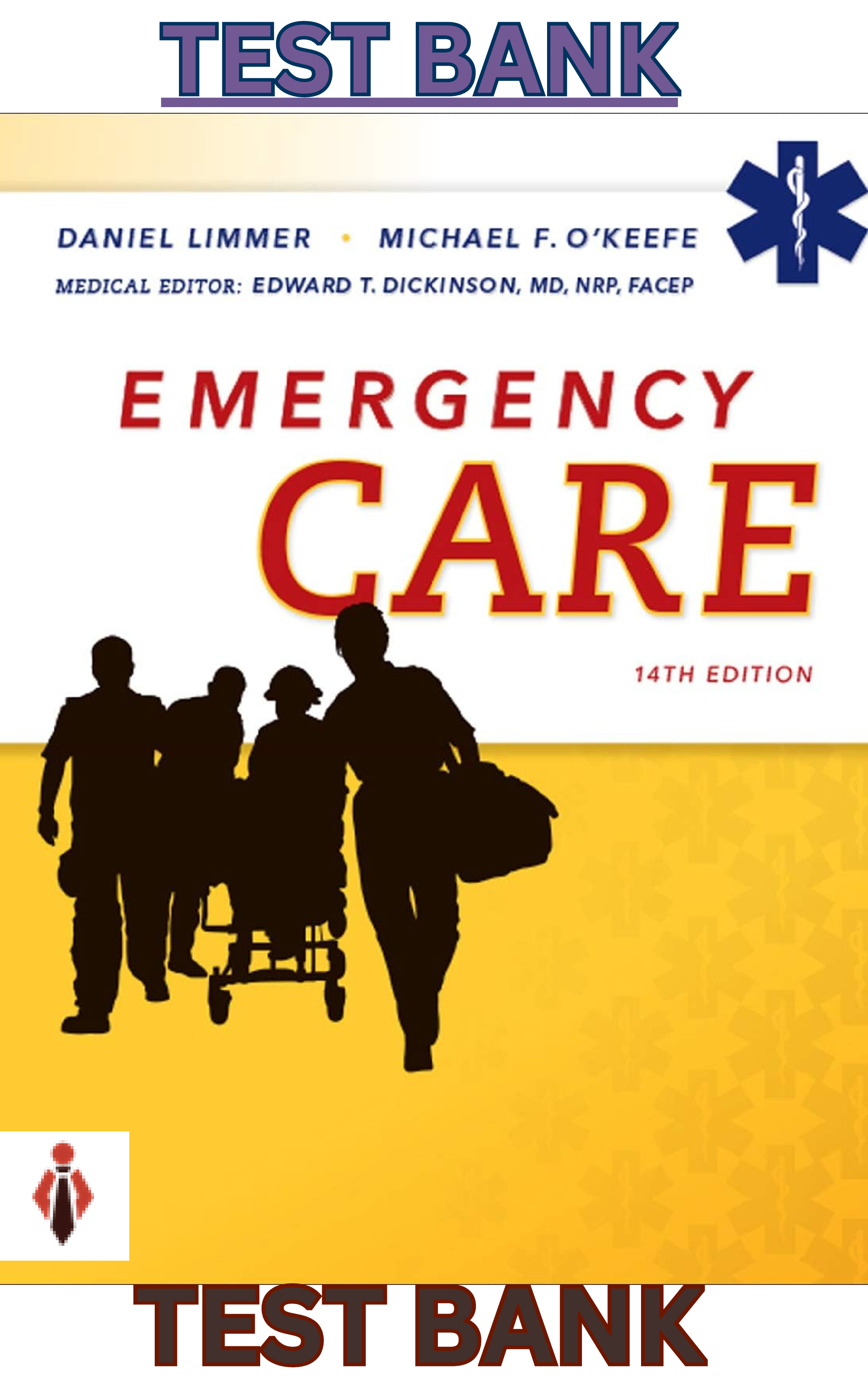


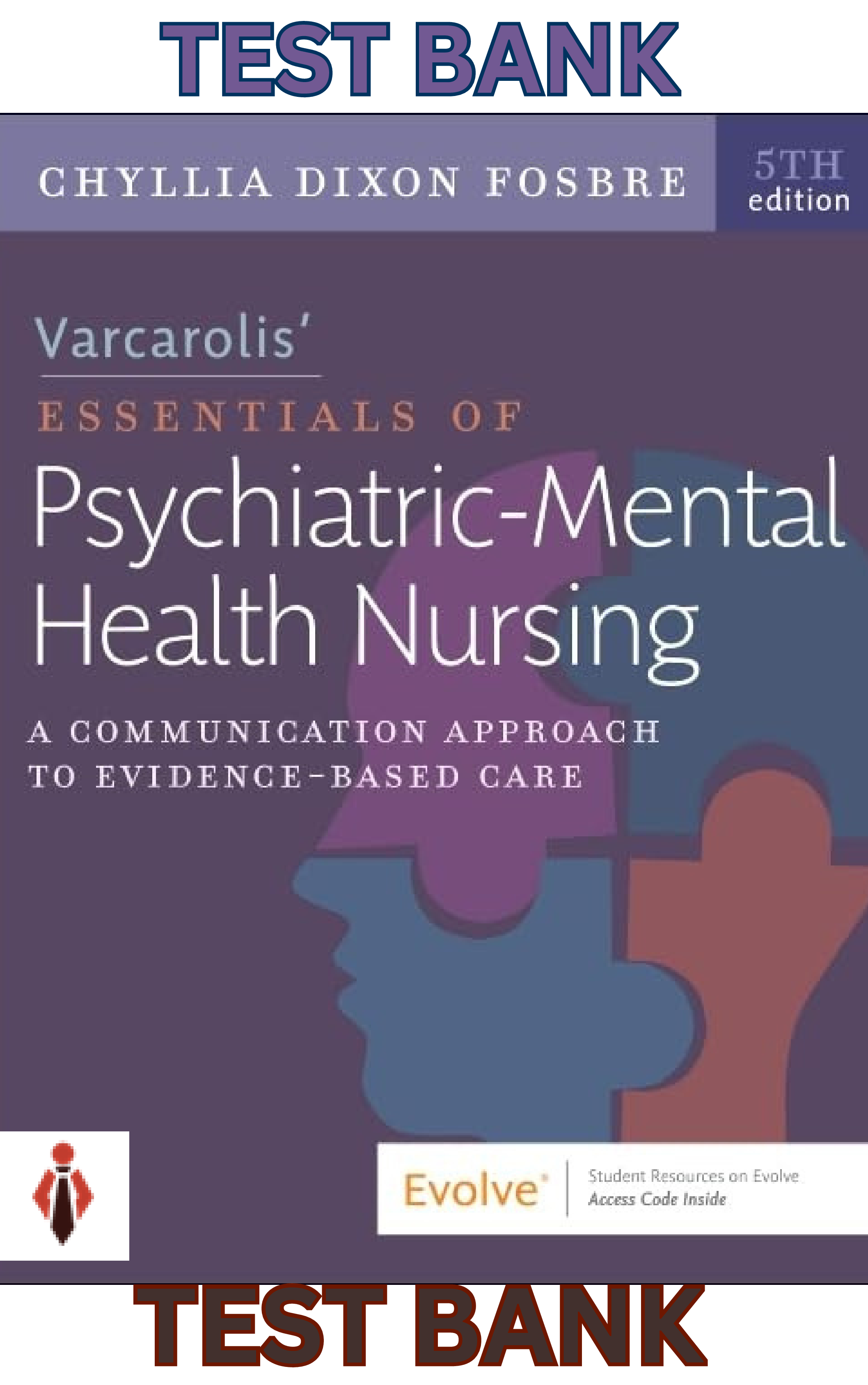
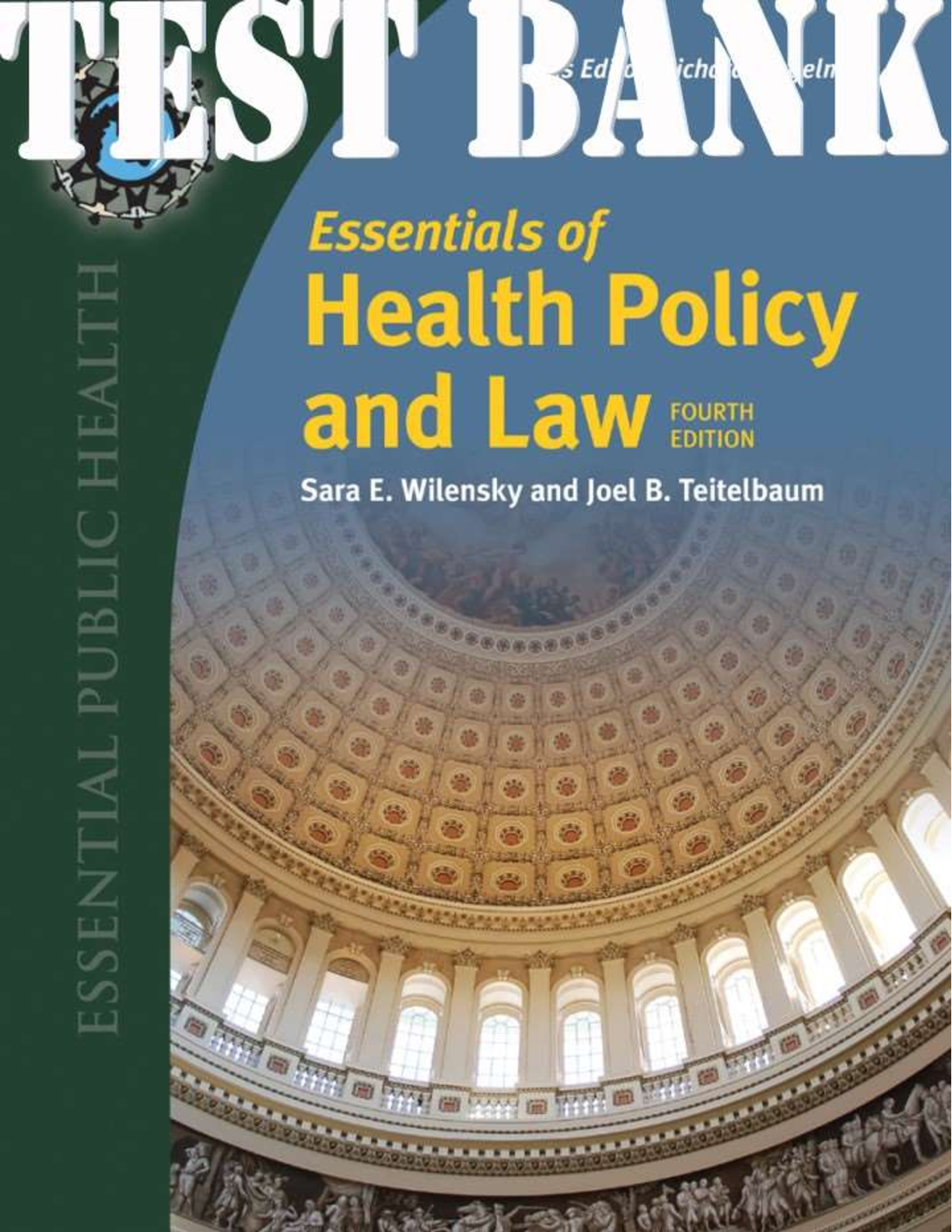




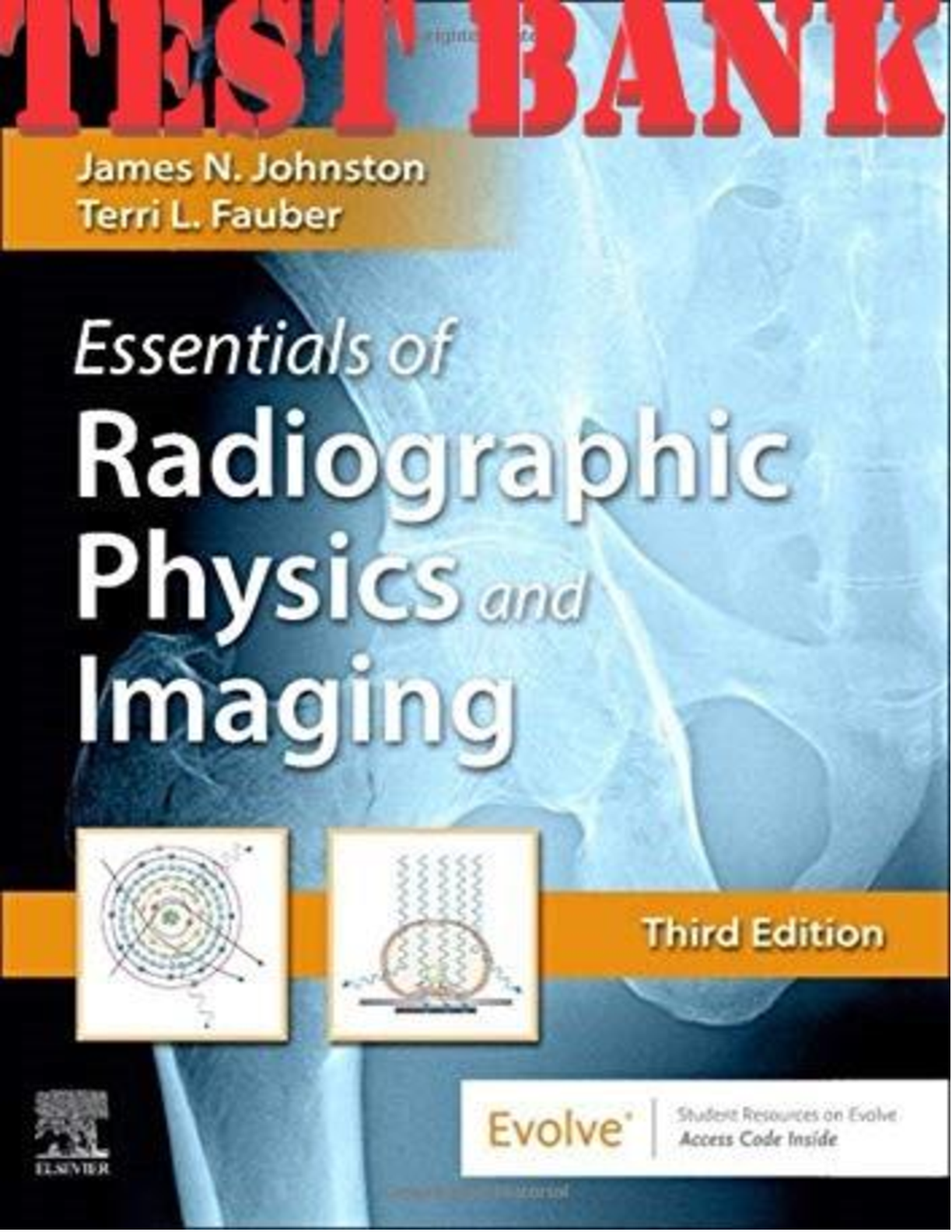


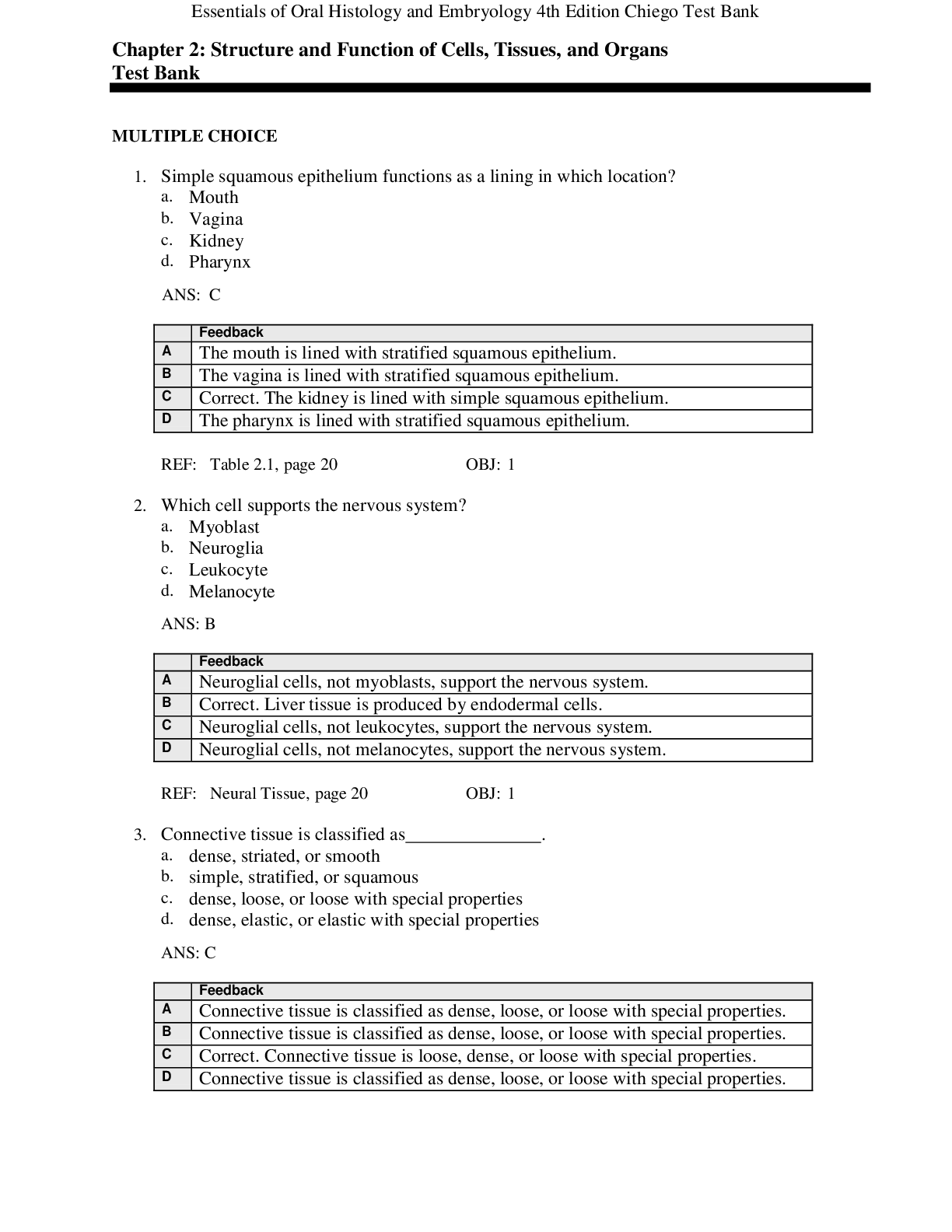
.png)



